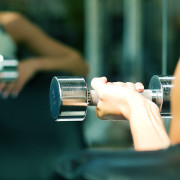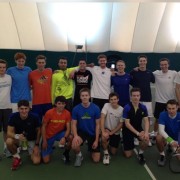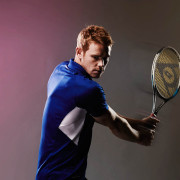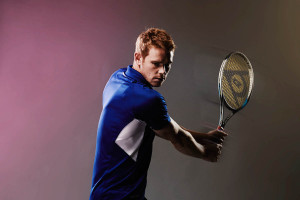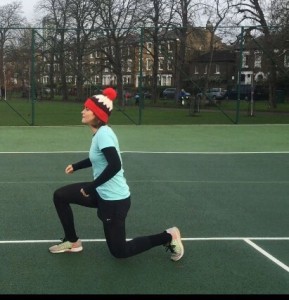For almost 15 years I have had the privilege to train professional and aspiring professional athletes. One might call this high performance physical preparation coaching- and we like to call ourselves strength & conditioning coaches.
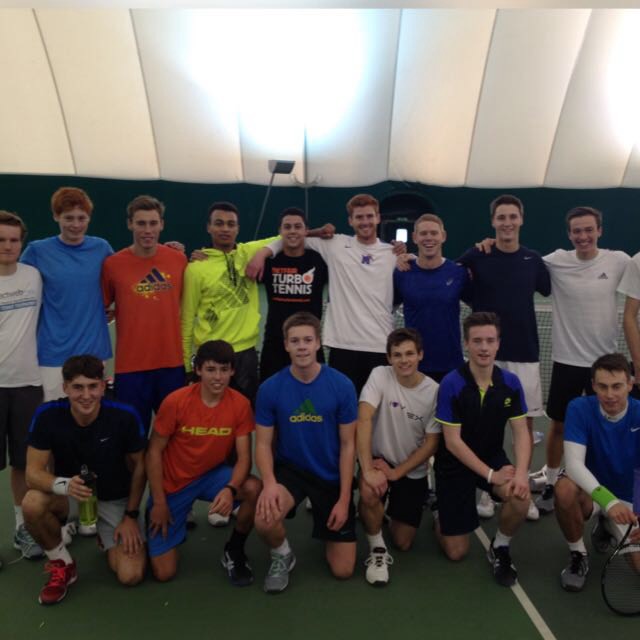
Having briefly flirted with the role of Personal Trainer in my early days after University I’ve recently started coaching adult general public clients again- delivering an Adult Fitness class twice a week on Tuesday and Thursday evenings. The class is pitched at adults who want to get fit for sport. The premise is that we get you fitter, faster and stronger so you can excel in sport and life.
Having reached out to a new audience of adults who clearly want to improve faster, win more and believe getting fitter is the best way to do this it got me thinking- can anyone get in peak physical condition? I’ve already been fielding plenty of questions where keen as mustard weekend warriors are asking me how fit should they be for their age, their ability etc?
What is peak physical condition and is it different to elite physical condition?
I think the demands of sport dictate the levels of physical condition required at the elite level. It’s natural selection- if the best men and women that play the sport can run, jump and throw a certain speed or distance you are either able to do it too or you can’t. Not everyone is capable of reaching elite levels of physical condition.
Below is the testing results for the Pros this pre-season. These sport specific fitness tests focus on speed, agility and power.

The sample comes from three female pros and six male pros. Overall the group average is slightly below the Target score across all the parameters.
This shows me that we have a great opportunity to make some good gains which cannot help but make them even more competitive from an athletic stand point.
Of course the athletes are all close to achieving many of the targets- that’s what makes them professional.
Tennis is a sport where athleticism is certainly important but there is not a strong linear relationship between physical performance and ranking and many of these players are still achieving very high success in the game. Having said that they need to be thinking about achieving the targets in as many fitness tests as possible as they are not only chasing peak performance but elite performance levels- demanded by their sport.
Now not everyone can achieve elite physical condition.
But everyone is capable of achieving peak physical condition- the act of getting your body in the best shape of your life. It’s what we call at APA ‘maximising your athletic potential.’
So the question then becomes what is peak physical condition for the person who isn’t capable of achieving elite levels of physical performance?
Start with the start in mind:
I have found the process of helping the general public achieve peak performance fascinating- with elite athletes you always have some sport specific fitness outcomes in mind that are demanded from the sport- you always start with the end in mind. This is because they have a long training history and have a very good foundation of general fitness which they can build sport specific fitness on to. They also have only a few weeks at a time to build fitness components owing to competition schedules, so you tend to focus on the qualities that they need for their sport.
With the general public you need to start with the start in mind- the targets that we strive for to reach elite levels of performance may be out of their reach, or may not be the most appropriate types of fitness to aim for in the beginning. They are generally less conditioned but on the up side have more time to train with no interruptions from competition. So rather than shooting for that target we start with building a foundation of general fitness.

It’s also important to recognise that with many of the adults I have started to coach they are ‘sporty’ but not necessarily focused on just one sport. So the journey to peak physical condition may not be based on such a narrow view of ‘sport specific fitness.’
I have often joked I am a specialist generalist.
Clearly in my day to day work with professional Tennis players I am leaning more to the specific demands of the game and specialise in tennis specific strength & conditioning. There will always be a market for the coach or company that position themselves as the experts in a particular type of specific conditioning- whether that be suppleness, speed, strength or stamina- or in a particular sport (such as Tennis). People want to be associated with the coaches that they feel are experts in the discipline they want to improve in most.
But I have always worked with children who I feel need to train with a more general focus, and now with the adults I am coaching it feels the same. Children need to and adults want to feel more fit in general first and foremost. But what does that mean? For me the journey to peak physical condition starts with building a foundation of general fitness.
It’s a balancing act
What I am promising my clients is that I will get them in the best shape of their lives- fit for sport and fit for life. It means I am going to develop their fitness across a range of abilities including speed, strength, stamina, suppleness and skill and in a progressive way.
We will address sport specific fitness in due course (qualities like speed and power) but we will firstly make sure we address their general fitness which includes body composition, muscular strength and endurance and cardiovascular endurance.
What methods of General Fitness are out there?
Crossfit is known as the sport of general fitness. In my opinion high-intensity interval training (HIIT) should be known as the sport of fat loss!

People clearly want to feel fit and this is why these methods have such a big following. These training methods have become sports in themselves, as athletes compete to be the fittest or compete to get the leanest bodies with the latest combinations of HIIT.
However, I think APA bring something a little different to the table. It’s called PROGRESSION. For me Crossfit doesn’t progress through the various components- it puts them all together from a very early stage. Do the athletes really have the time required to develop the various components including running technique, weight training and Olympic weight lifting techniques? Should they be exposed to them all in one session? It is constantly varied which makes it fun and challenging, but in my opinion there is too much put into the pot at once and I’m not really sure where the end goal is other than the Crossfit games- but even then they don’t know exactly what the demands of the competition will be as they constantly change what the demands of the games will be.

Crossfit is something I like on one hand but the components are very high intensity- shouldn’t necessarily all happen in one session, and not everyone is ready for. Same with HIIT- it actually represents just one method in the whole APA stamina continuum- and it’s about half way up the APA mountain. I don’t think HIIT should be the first and only thing used for fat loss. It’s one tool.
Minimal stimulus dose not Maximal destructive dose
I really think peak physical conditioning is about finding out where someone is on the mountain and pushing them upwards until they get to the top. But you need to spend some time at base camp. Adjust to the training stress and then move up the next part of the climb. Find out where they need to start the journey and STILL MAKE GAINS
Once you get to the top (or your peak physical condition) you probably can’t stay there too long- just enjoy the view then start thinking about coming down. That’s why elite athletes plan in rest periods following major tournaments where they have had to reach a peak performance level.
It’s time to come back off the peak again and then after some rest get ready for another go. Only this time maybe we get there a bit faster or we take on a bigger mountain!! This is the cycle of training. It must start from where the client’s capacity is currently at and then it is your job as a coach to push them gradually until they reach a plateau in each new stimulus. You train a component or series of components until they have been maximised and then you get after the next thing.
3 is the Magic Number
I feel very strongly that it takes at least 3 months to develop peak physical condition (see cycles 2 below). I generally look to develop the body’s capacities towards a peak in three blocks, during a 3 month cycle from hypertrophy to strength to power.
Having said that I find most adults need to do a preparatory cycle first (see cycle 1 below) to help restore normal range and function to the muscular system and build general fitness before progressing to the speed/power work that we focus on in the second cycle.
 So for me a peaking plan will typically work through Hypertrophy to Strength to Power.
So for me a peaking plan will typically work through Hypertrophy to Strength to Power.

Above is an example of a training plan for Cycle 1- where I have done a preparatory block which focuses on mobility and foam rolling in an extended warm-up, and bodyweight strength.
Once they have gone through cycle 1 and cycle 2 by which time they should have reached peak performance, I then come down off the mountain before repeating the whole process in cycles 3 and 4!!!
Hope this gives you an idea into what peak physical conditioning training looks like. If you are interested in coming along the journey with APA then get in touch. Our #12weekstopeak Performance Programmes are guaranteed to get you fit for sport and in the best shape of your life!





